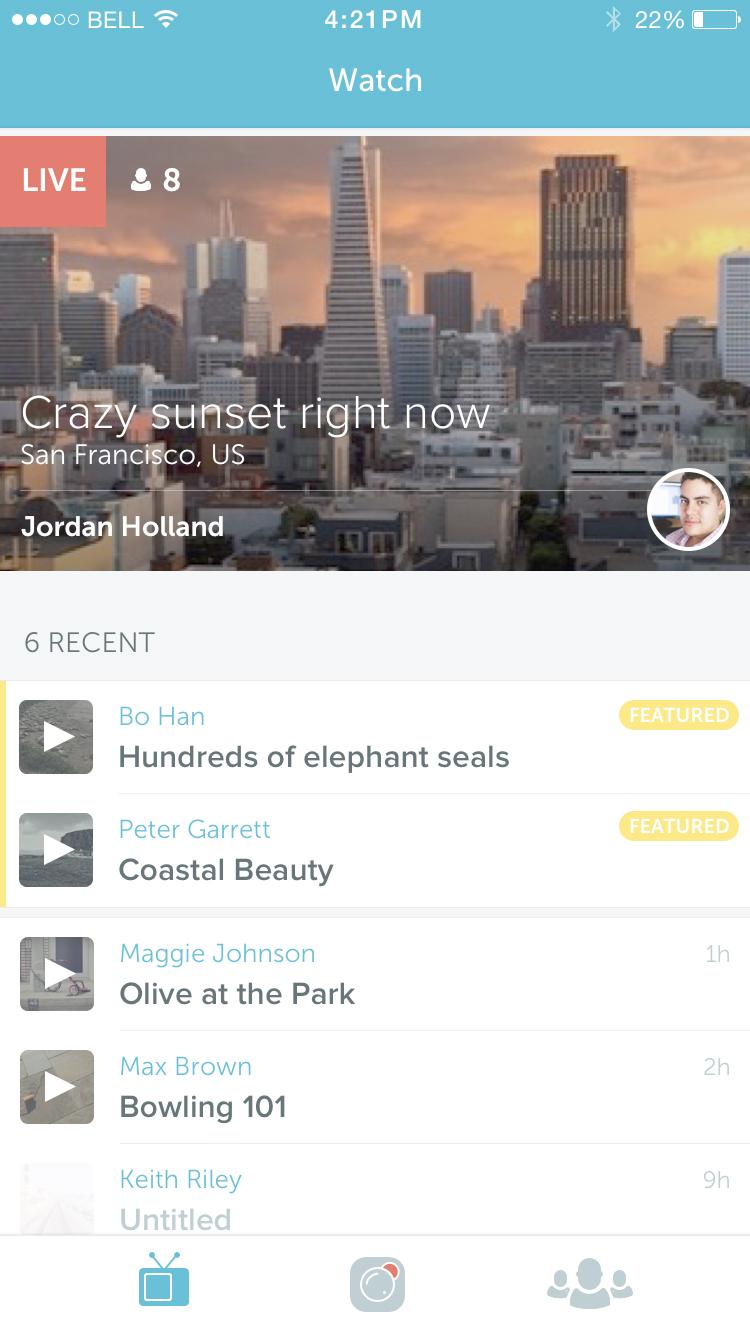You’re walking on Bellflower Boulevard when a whistle tone sounds from your smart phone.
“Building Explosion in New York City,” the notification read. Upon swiping right, screams rise from city streets, sirens blare and a building engulfed in flames accompanies a streaming live broadcast of a Huffington Post reporter.
At the end of March, Twitter bought and launched Periscope, a live-streaming app. The free-of-charge app lets users stream any experience with others on a global scale, attempting to “build the closest thing to teleportation” according to their website.
“[Periscope] allows users to feel more connected in the same way that Snapchat does,” Yanet Cortez, a Periscope user and junior communications major at California State University, Long Beach said. “The big difference is that you cannot go back and edit what you’re streaming; what you see is what you get.”
The growth of social networking sites has news seekers opening up apps instead of newspapers. According to the American Press Institute, 44 percent of Americans report finding their news through social media-based sources.
“I don’t think it’s going to kill or replace broadcast news, just like Twitter didn’t replace text messaging,” Robert Hernandez, a professor of digital journalism at University of Southern California’s Annenberg School for Communication and Journalism, said.
“The one thing that’s clear is that Periscope is a strong tool in the journalism toolbox,” Hernandez continued. “There are incredible moments, like the building explosion in New York, in which it can come in as a great resource to inform.”
The self-proclaimed “mad scientist of journalism” focuses on exploring and developing the intersection of technology and journalism. He explained that its purpose is to empower people with informed reporting while storytelling, engaging the community and improving distribution.
That’s not to say that anyone broadcasting breaking news through the app can be considered a journalist. Users may engage in the act of journalism, but to work professionally in the field, it takes some time, Hernandez explained.
With an appeal that applies to broadcast news, there is skepticism that the app has the potential to become a major social media platform like Twitter and Instagram.
Apps like Ustream and Twitch enable smartphone users to live stream, but with Internet and mobile technology advancement like high-speed Internet and LTE, the runway is laid out for apps like Periscope to take off. According to Twitter analytics tool Topsy, 51,000 tweets buzzed about Periscope on its launch day.
“I feel like if the average person downloaded the app, there’s not going to be a lot of following,” junior kinesiology major at CSULB Angelo Escalona said. “It looks like it’s going to turn out to be more celebrity-oriented.”
Viewers can send messages to the broadcaster, tapping the screen to send hearts to express their approval. The app is only available in iOS, but Android users can expect the app soon, according to a recent post on Periscope’s development team’s blog.
“I would consider downloading the app if more people started using it,” Reina Iriye, a senior health care administration major at CSULB, said. “Once it gets to the popularity level of Snapchat or Twitter, I can see my friends and I using it.”




